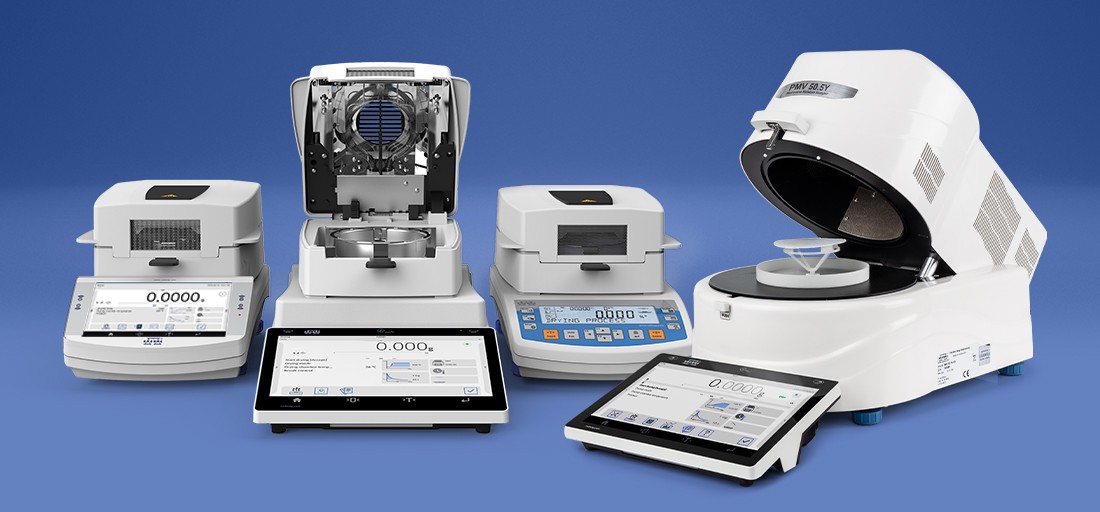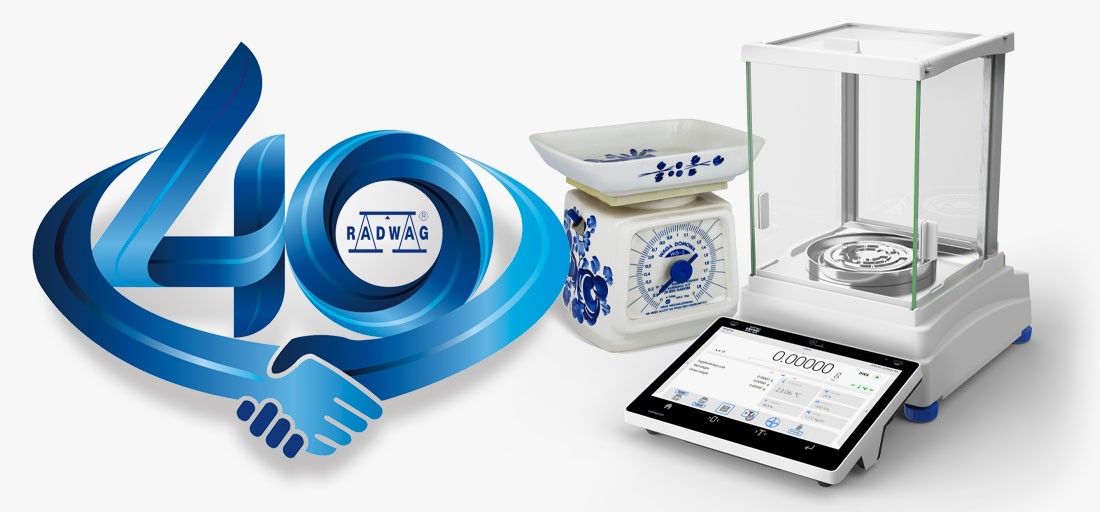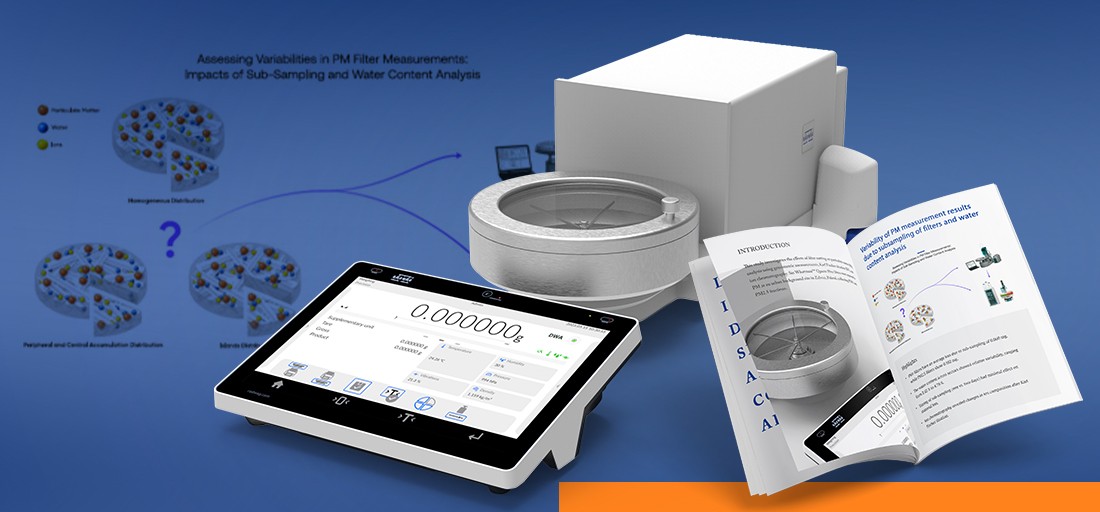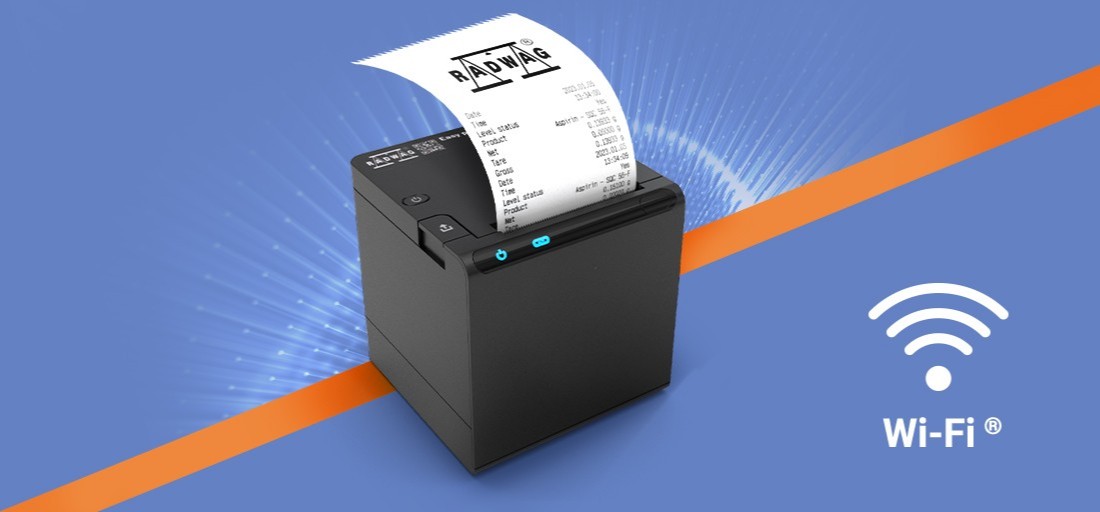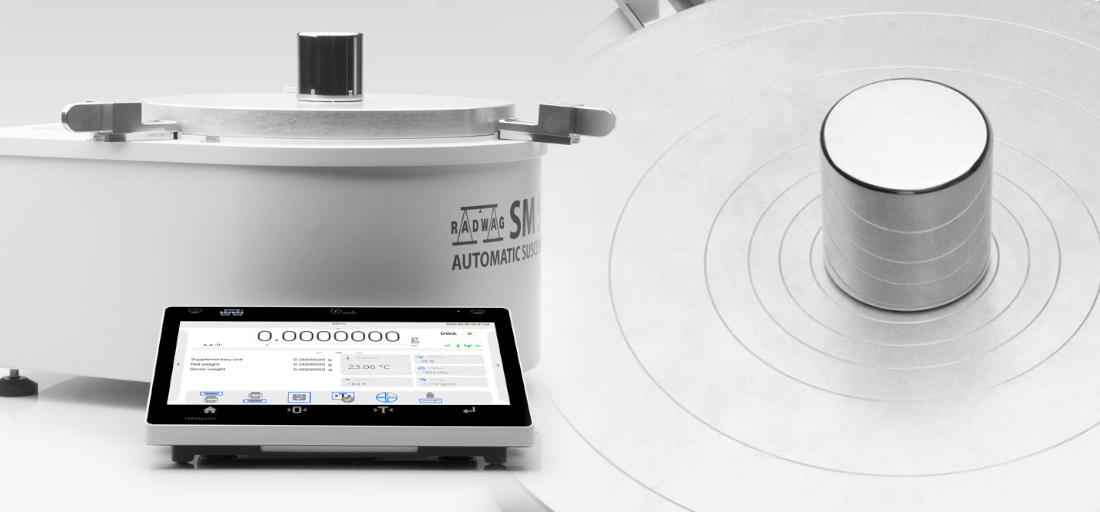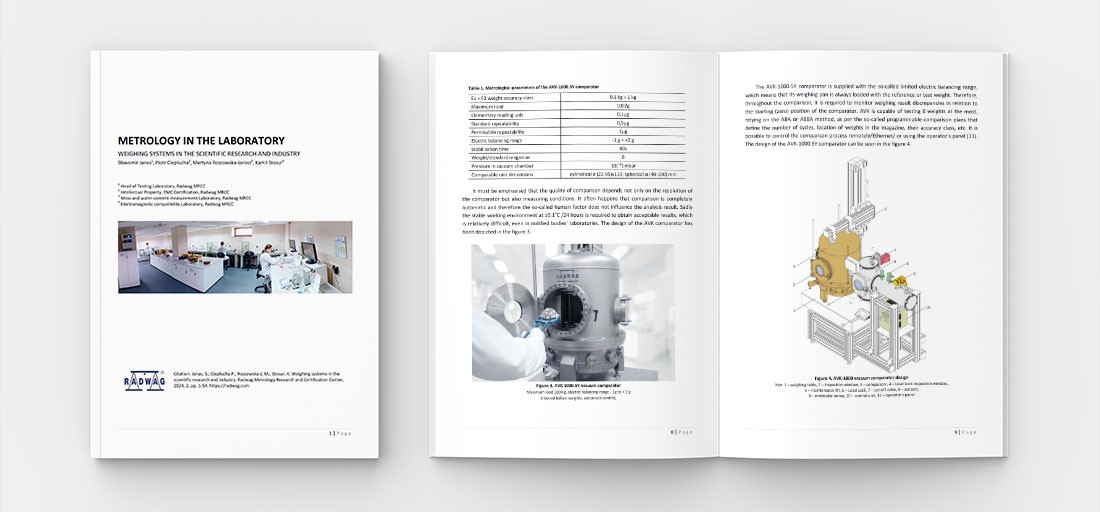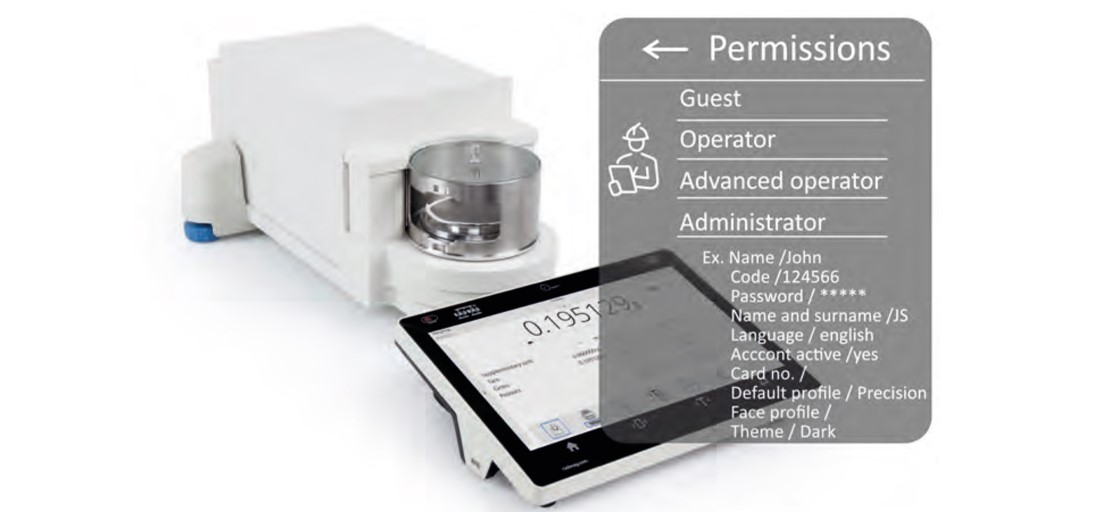Balances and Scales Legalization – What Does It Consist of and to Whom Does It Apply?

Electronic balances and scales are an essential piece of equipment for laboratories, pharmacies, grocery stores and many other service and retail outlets. Balances and scales used in these places must, according to the letter of the law, be legalized, and using the correct terminology, have a conformity assessment performed. What and who is affected by the legalization (conformity assessment) of balances or scales and when should their re-legalization be carried out?
Note: in this article, the colloquially used term “legalization” means ‘conformity assessment’. The term “legalization” is more understandable and more commonly used by users of balances and scales.
Who Is Affected by Balances and Scales Legalization (Conformity Assessment)?
All non-automatic balances and scales, which, according to § 3 of the Regulation of the Minister of Development of June 2, 2016 on requirements for non-automatic balances and scales (Journal of Laws, item 802), must meet the requirements specified in EU legislation, if their purpose is:
- determining the mass in trade
- determining mass for the calculation of a fee, duty, tax, premium, discount, penalty, remuneration, compensation or similar payments
- determining mass in the application of laws and in the rendering of opinions in legal proceedings by experts and experts
- determining the weight of a patient in medical practice for monitoring, diagnosis and treatment
- determining mass in the preparation of prescription drugs in pharmacies and in analyses performed by medical and pharmaceutical laboratories
- determining the price on the basis of weight in consumer sales and in the packaging of goods,
are subject to legalization (conformity assessment) before being placed on the market.
Balances and Scales Legalization (Conformity Assessment) – What Does It Consist in? Markings
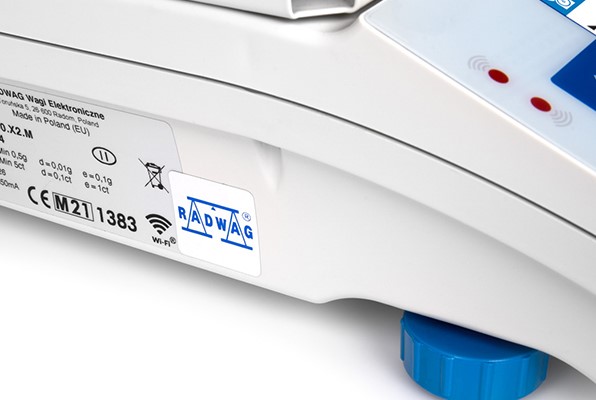
Before legalized balances or scales are placed on the market or put into service, they must receive a “CE” marking and an additional metrological marking (the capital letter M, the last two digits of the year in which this was placed on the balance or scale, surrounded by a rectangle whose height is the same as the height of the CE marking, and the number of the notified body). If such marking is on the balance or scale, it means that:
- the balance or the scale is subject to mandatory reverification,
- legalization (conformity assessment) was carried out before the instrument was placed on the market or put into service,
- legalization (conformity assessment) certifies the conformity of the balance or the scale with the requirements.
Balances and Scales Legalization (Conformity Assessment) – What Documents?
RADWAG has the right to independently perform legalization (conformity assessment) of its products. In this area it is supervised by a notified body through annual audits.
In addition to the CE mark and additional metrological marking applied to the balance or the scale mentioned above, a document in the form of a Declaration of Conformity is also attached.
The Declaration of Conformity is a statement by the manufacturer, installer, their authorized representative or private importer that the balance or the scale complies with the requirements.
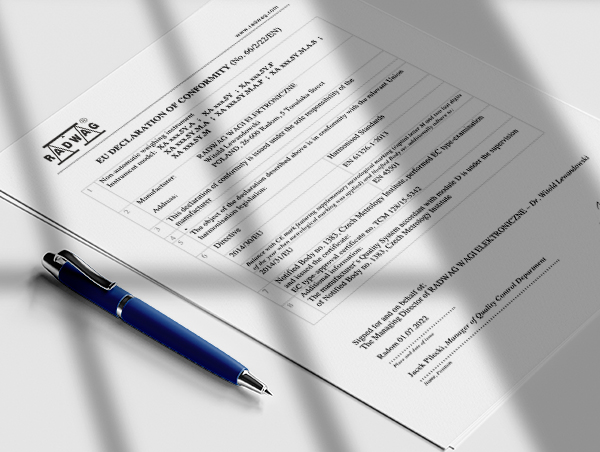
After legalization (conformity assessment), security features are applied to specific locations on the balance or scale to protect against unauthorized modification of readjustment or replacement of components by unauthorized persons. The user can ask his supplier about such locations and the applied features when taking delivery of the balance or scale after legalization (conformity assessment).
In addition to the balance or scale, the customer should receive a user’s manual with clearly formulated instructions on the principles of its operation.
Balances and Scales Re-Legalization – When?
According to Article 8k paragraph 2 item 2 of the Act of May 11, 2001. Law on Measures (Journal of Laws of 2022, item 2063), balances and scales should be submitted for re-legalization before the deadline specified in Table No. 2 of Appendix No. 5 to the Regulation of the Minister of Entrepreneurship and Technology of March 22, 2019 on legal metrological control of measuring instruments (Journal of Laws, item 759 and of 2022, item 1179). The deadline is counted from the first day of December of the year, the marking of which was applied to the balance or scale during legalization (conformity assessment).
In addition, the balance or the scale should be submitted for reverification, among other things, in the event that the markings or security features applied during legalization are damaged or destroyed and repaired. This is stipulated in Article 8k paragraph 2 of the Weights and Measures Law.
The user of the balance or the scale during its use is obliged to have a valid certificate of reverification in the form of only a verification mark, a certificate of verification, or a verification mark or a certificate of verification. They prove legal metrological control and confirm that the checked balance or scale meets technical and metrological requirements.
Where Can I Find Information about the Fact that a Particular RADWAG Balance Is Legalized?
You will find information about the legalization (conformity assessment) of a particular balance or scale on the corresponding subpage (in the case of the ultra-microbalance UYA 2.5Y, it will be the subpage). This is the last information in the “Datasheet” marked as a capital letter M.


